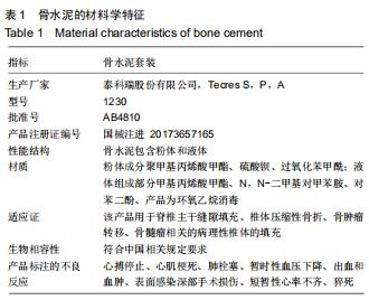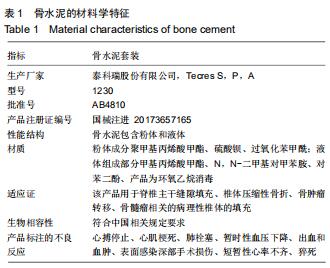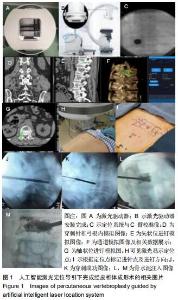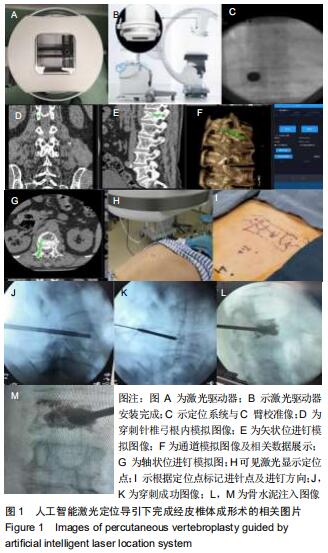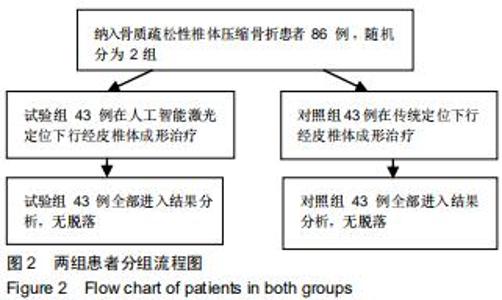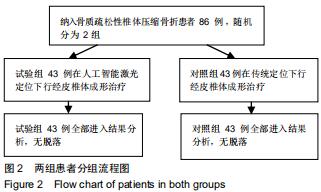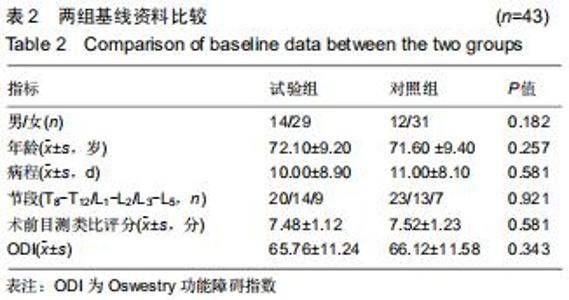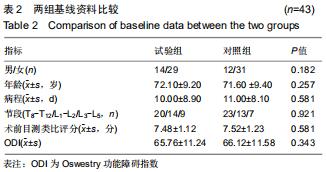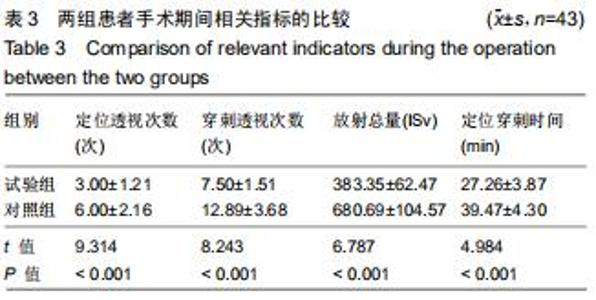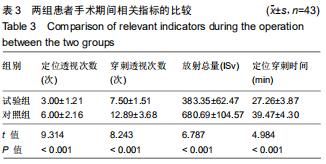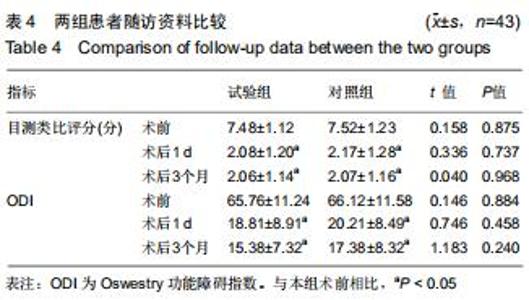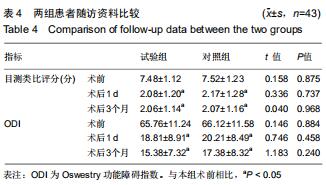|
[1] IZADPANAH K, KONRAD G, SUDKAMP NP, et al. Computer navigation in balloon kyphoplasty reduces the intraoperative radiation exposure. Spine. 2009;34:1325-1329.
[2] 钱玉强,王强,彭俊,等.3DC型臂X线机在PVP和PKP治疗骨质疏松性椎体压缩骨折中的应用[J].中国骨与关节损伤杂志,2016,31(5):521-522.
[3] 李惠民,陈银河,申才良,等.经皮椎体后凸成形术治疗骨质疏松性椎体压缩骨折远期并发症的Meta分析[J].中国脊柱脊髓杂志,2017,27(7): 592-598.
[4] FANG L, CHEN Z, LIU D, et al. Clinical effect and postoperative follow -up of senile osteoporotic compression fractures undergoing PKP. China Med Pharm.2017; 7(10): 177-180.
[5] 钟远鸣,张翼升,李智斐,等.骨质疏松椎体压缩性骨折MRI STIR 黑色线信号与PVP疗效的相关性[J].中国矫形外科杂志,2019,27(12):1057-1062.
[6] 马航展,马金火,褚学远,等.单侧入路椎体成形术治疗骨折疏松性胸腰椎骨折[J].中国矫形外科杂志,2019,27(12):1068-1072.
[7] 姜树东,洪毅,张军卫,等.椎体成形术与网袋成形术治疗骨质疏松性骨折早期效果比较[J].中国矫形外科杂志,2019,27(4):289-293.
[8] POWELL MF, DINOBILE D, REDDY AS. C-arm fluoroscopic cone beam CT for guidance of minimally invasive spine interventions. Pain Physician.2010;13(1):51-59.
[9] THEOCHAROPOULOS N, PERISINAKIS K, DAMILAKIS J. Occupational exposure from common fluoroscopic projections used in orthopaedic surgery. J Bone Joint Surg Am. 2003;85:1698-1703.
[10] 中华人民共和国国家标准.激光产品的安全第1部分:设备分类、要求和用户指南[S].GB 7247. 12001.北京:中国标准出版社,2002.
[11] 陈日升,张贵忠.激光安全等级与防护[J].辐射与防护, 2007,27(5):314-319.
[12] 张波,王斐,毛景雯,等.激光定位技术在骨科手术中的运用及研究进展[J]实用医学杂志, 2015,31(10):1716-1718.
[13] 徐松,叶哲伟.人工智能在骨科的应用现状及前景[J].中国医刊,2019,54(2): 117-119.
[14] PLOEG WT, VELDHUIZEN AG, THE B, et al. Percutaneous vertebroplasty as a treatment for osteoporotic vertebral compression fractures: a systematic review. Eur Spine J. 2006;15:1749-1758.
[15] BALTER S, HOPEWELL JW, MILLER DL, et al. Fluoroscopically guided interventional procedures: a review of radiation effects on patients' skin and hair. Radiology. 2010;254:326-341.
[16] MASTRANGELO G, FEDELI U, FDDA E, et al. Increased cancer risk among surgeons in an orthopaedic hospital. Occup Med. 2005;55(6): 498-500.
[17] DEVALIA KL, GUHA A, DEVADOSS VG. The need to protect the thyroid gland during image intensifier use in orthopaedic procedure. Acta Orthopaedica Belgica. 2004;70(5):474-477.
[18] 赵雅斐,张鹏,郭伟,等. C形臂X射线机辐射防护状况分析[J].医药论坛杂志,2008,29(8):41-42.
[19] DAVID FK, ERWIN O, SOMA R, et al. Radiation dose to the operator during vertebroplasty: prospective com?parison of the use of 1-cc syringes versus an injection device. Am J Neuroradiol.2003;24: 1257-1269.
[20] KRUGER R, FACISZEWSKI T. Radiation dose reduction to medical staff during vertebroplasty: a review of techniques and methods to mitigate occupational dose. Spine. 2003;28:1608-1613.
[21] 王兴旭,李代军.CT与C形臂X线引导椎体成形术治疗椎体压缩骨折的效果观察[J].影像研究与医学应用,2019,3(2):237-238.
[22] SCHWEND RM, DEWIRE PJ, KOWALSKI JM. Accuracy of fluoroscopically assisted laser targeting of the cadaveric thoracic and lumbar sping to place transpedicular screms. J Spinal Disord Tech. 2000;13(5):412-418.
[23] 何滨,许超,刘康.新型可视影像骨科手术导航技术研发与临床应用[C].中国:杭州,2011.
|
